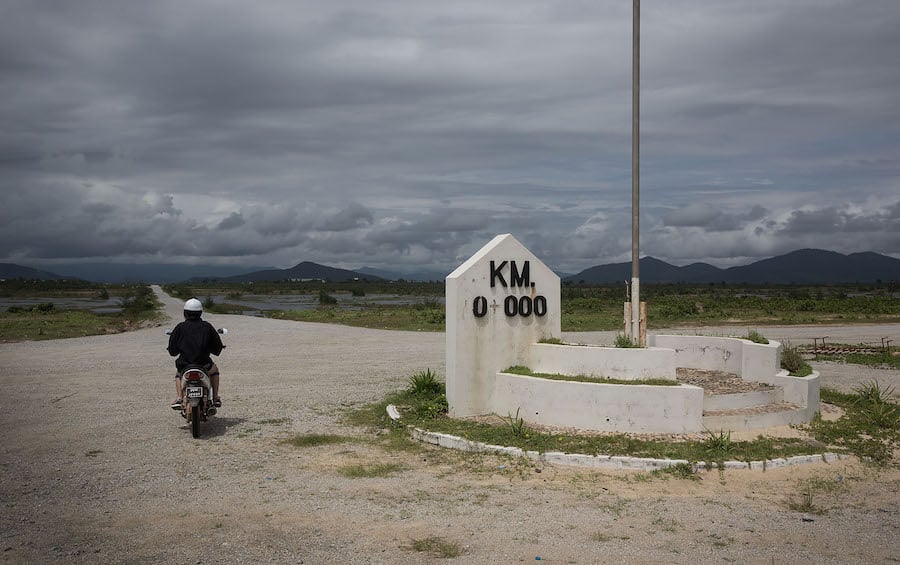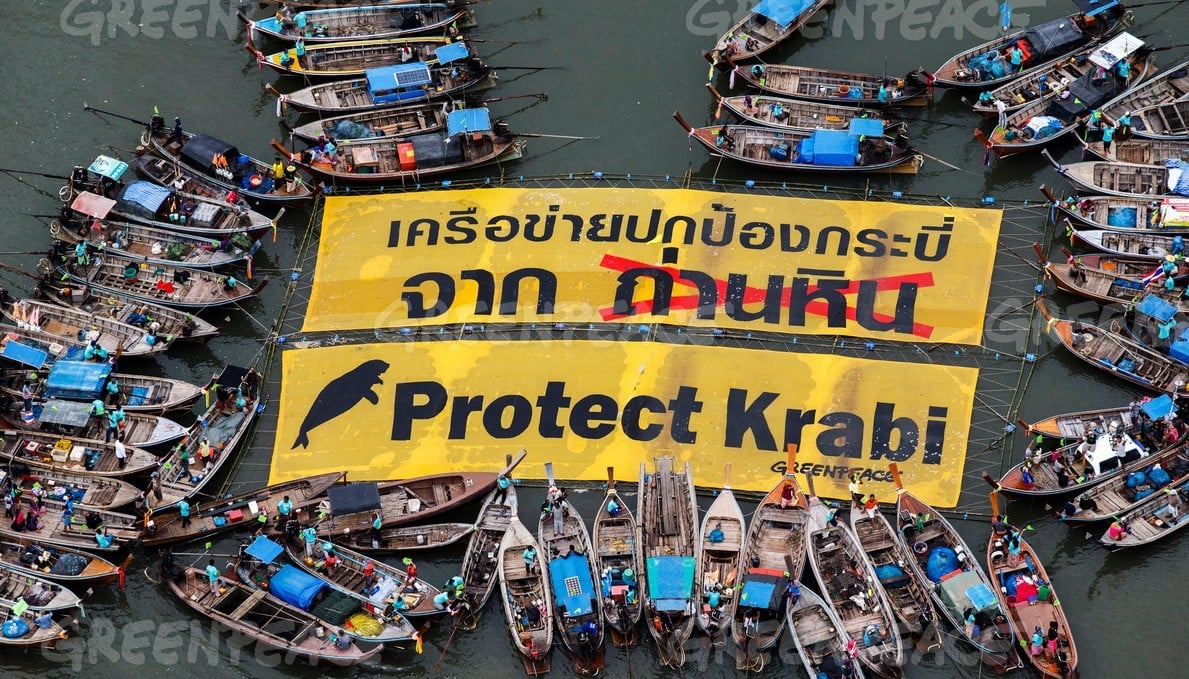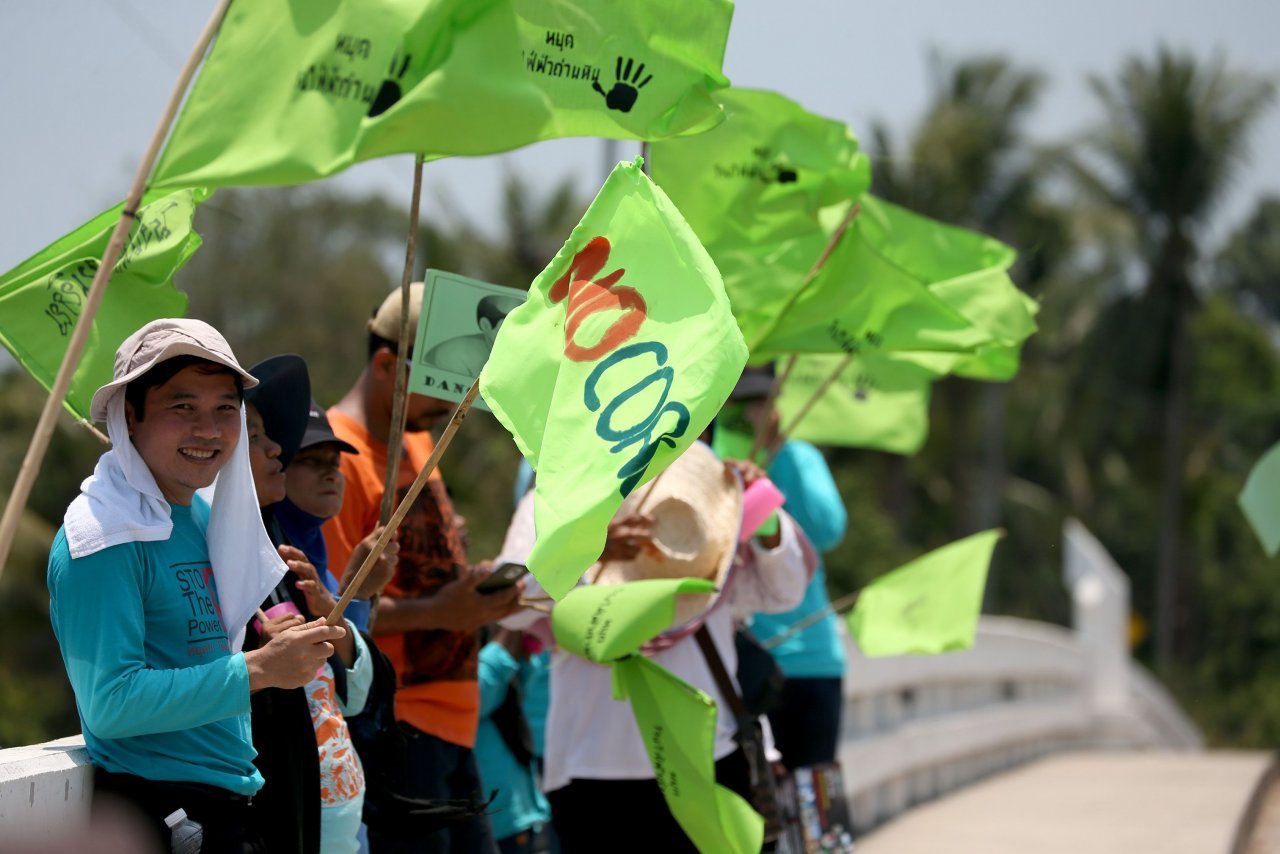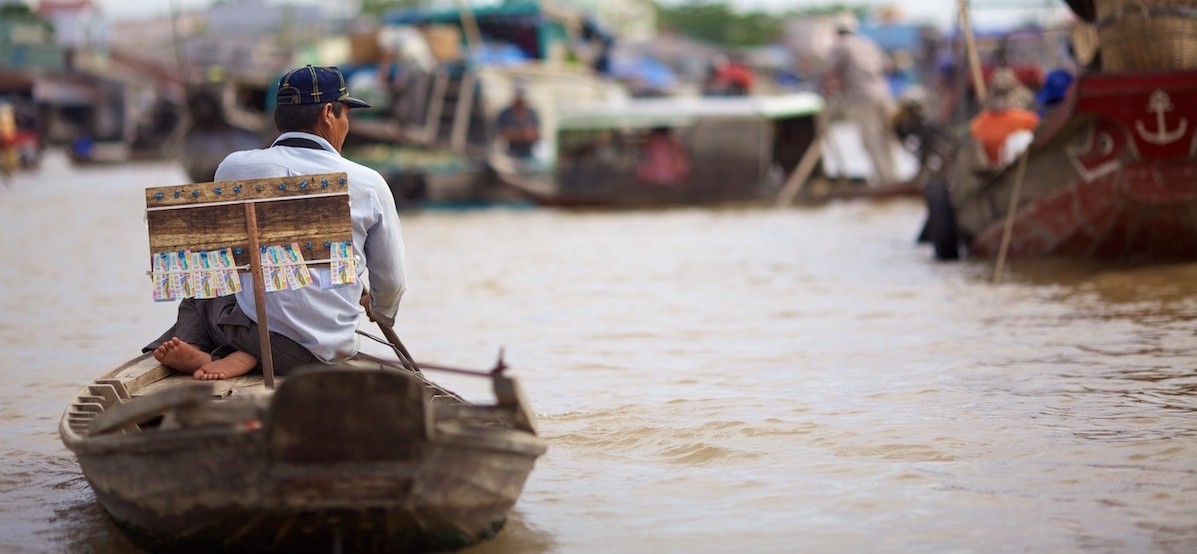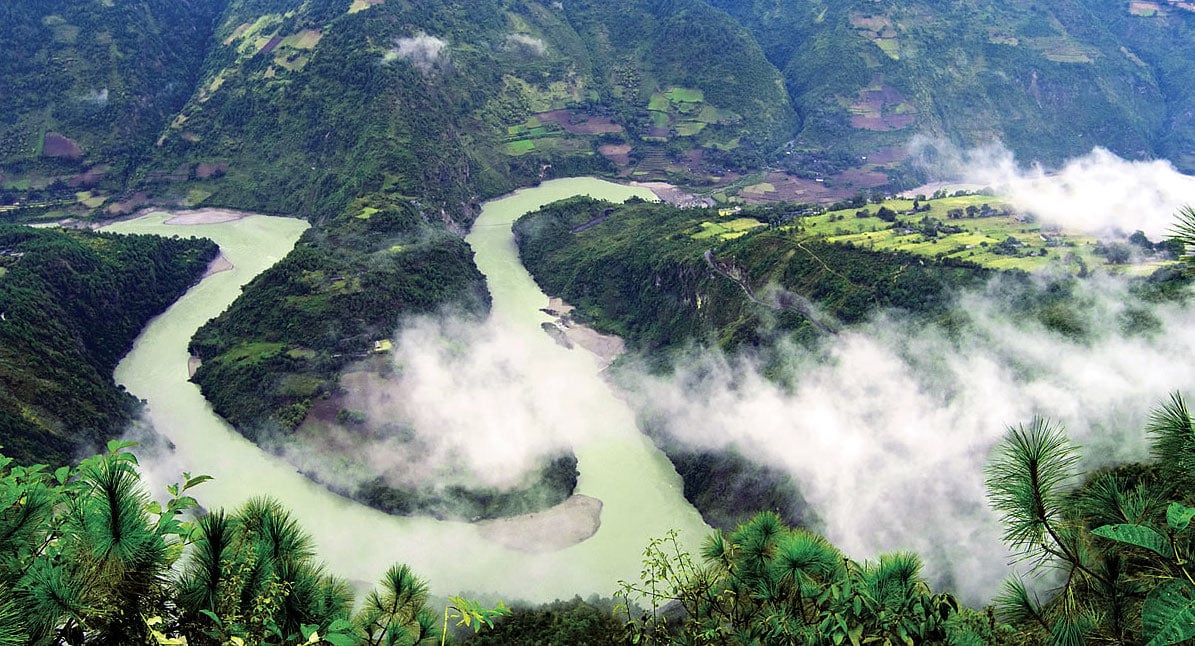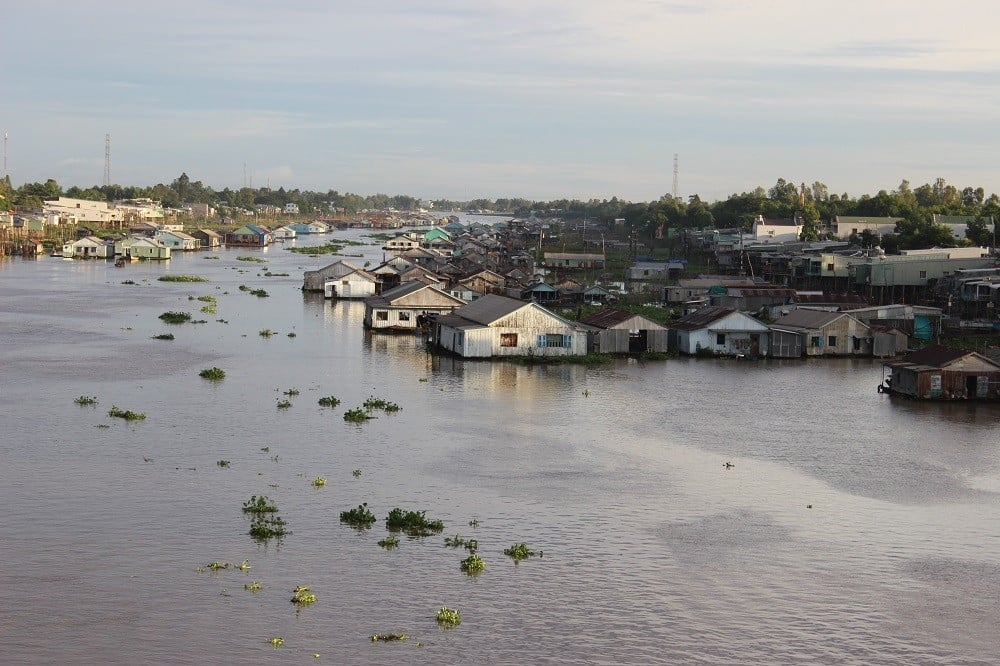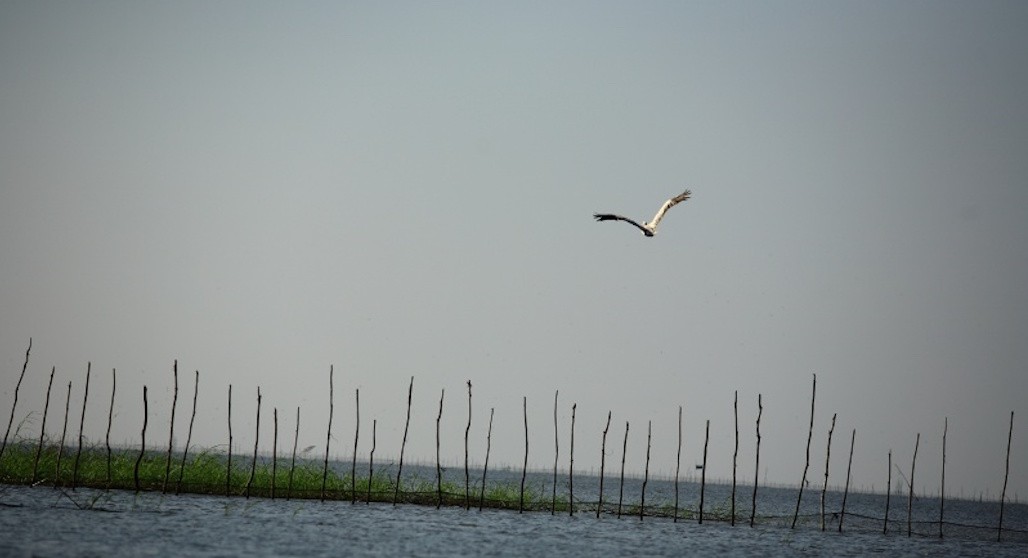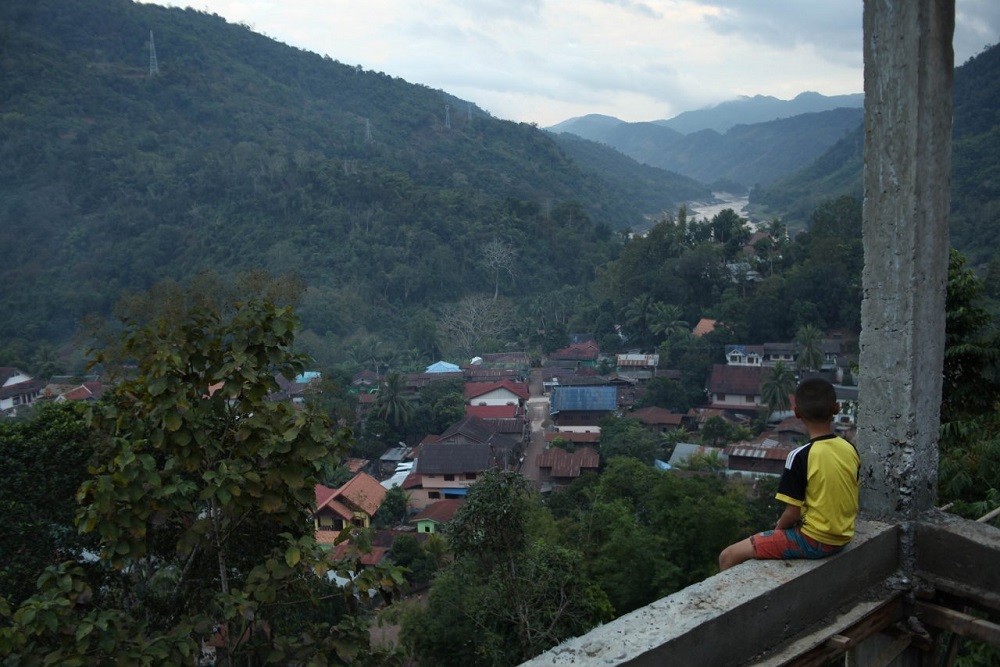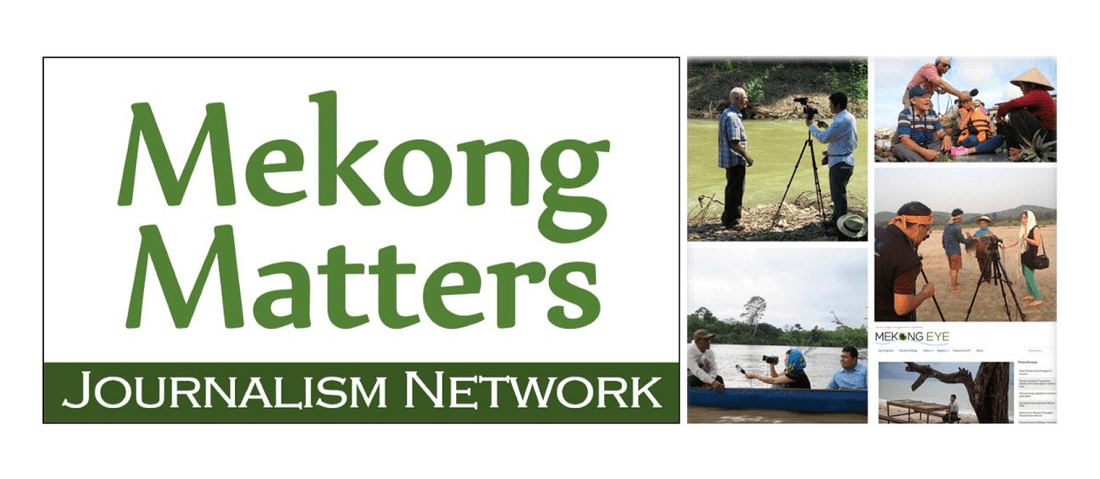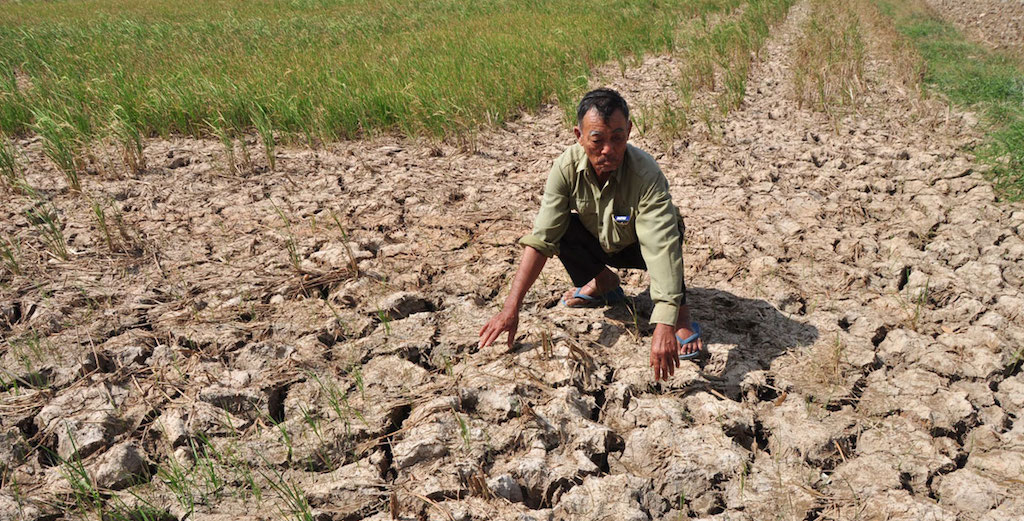COMMUNITY groups in Thailand and Myanmar have urged protection of human rights and prevention of environmental impacts – after Thai entrepreneurs were reported to have carried out abusive and environmentally damaging acts in neighbouring countries.
Category: Region
Selected environmental stories from media outlets in the Mekong region and beyond.
Govt moves towards Strategic Environmental Assessments
STRATEGIC Environmental Assessments (SEA) are being carried out to regulate strategic development plans and prevent conflicts over harmful development, authorities said recently.
A fresh chance to boost renewable energy
Cheers went up at the protest site when it was announced that Gen Prayut Chan-o-cha had promised to “set zero” the coal-fired power plant project in Krabi.
But the elation proved to be premature.
Survey reveals drastic decline of waterbirds in Irrawaddy River
Over the last 14 years, waterbirds in Myanmar’s Irrawddy River declined by 60% to 90% depending on the species. Scientists working for Fauna & Flora International (FFI) and Manfred Hermsen Foundation have repeated an ornithology survey of the Irrawaddy River.
Will Hydropower Turn the Tide on the Salween River?
Will efforts to sustainably steward the Salween, Asia’s last free flowing, international river, parallel those launched a half-century ago and half a world away?
Statement from Vietnamese non-governmental organization to the Mekong River commission
Vietnamese NGOs and individuals who are interested in sustainable water resource management in the Mekong region, present the public statement to MRC and National Mekong River Committees.
The Bird’s Eye View: What Endangered Birds Tell Us About the Risks of Mekong Development
The Thai government started 2017 announcing another major commitment to transportation expansion: US$25 billion to finance futuristic high-speed trains, super highways and expanded sea and airports. Far less glitzy but immediately controversial, however, was one of its final transportation acts of 2016: preparing to restart, after 13 years, rapid blasting and river channelization to clear the Mekong River for navigation just below its arrival from Myanmar.
Striking a balance between conservation and development at the heart of Mekong struggle
DEPENDING on who you speak to, there are naturally differing perspectives in regard to the future of the Mekong River, as most people living along the river look for a sustainable future through conservation of the existing ecosystem, while governments seek balanced resource usage and benefit-sharing arrived at via diplomacy and negotiation.
Journalism Workshops & Grants Update: Climate, Data, Biodiversity, S. America Fellowship
New opportunities for environmental journalism grants, workshops and awards from Mekong Matters/EJN, our partners, and others.
Is Vietnam in for Another Devastating Drought?
Right now in coastal provinces around the Delta, thousands of farmers, especially those who miserably suffered during last year’s historic drought, are mobilizing to prepare for another similarly devastating drought, which is expected to arrive in the Delta in a few weeks.


